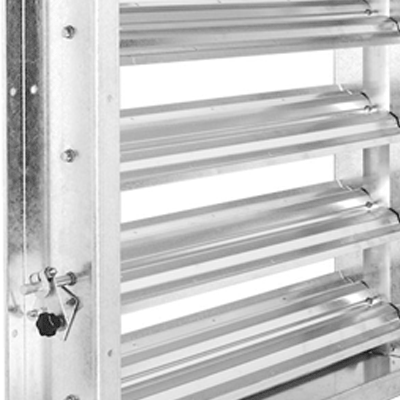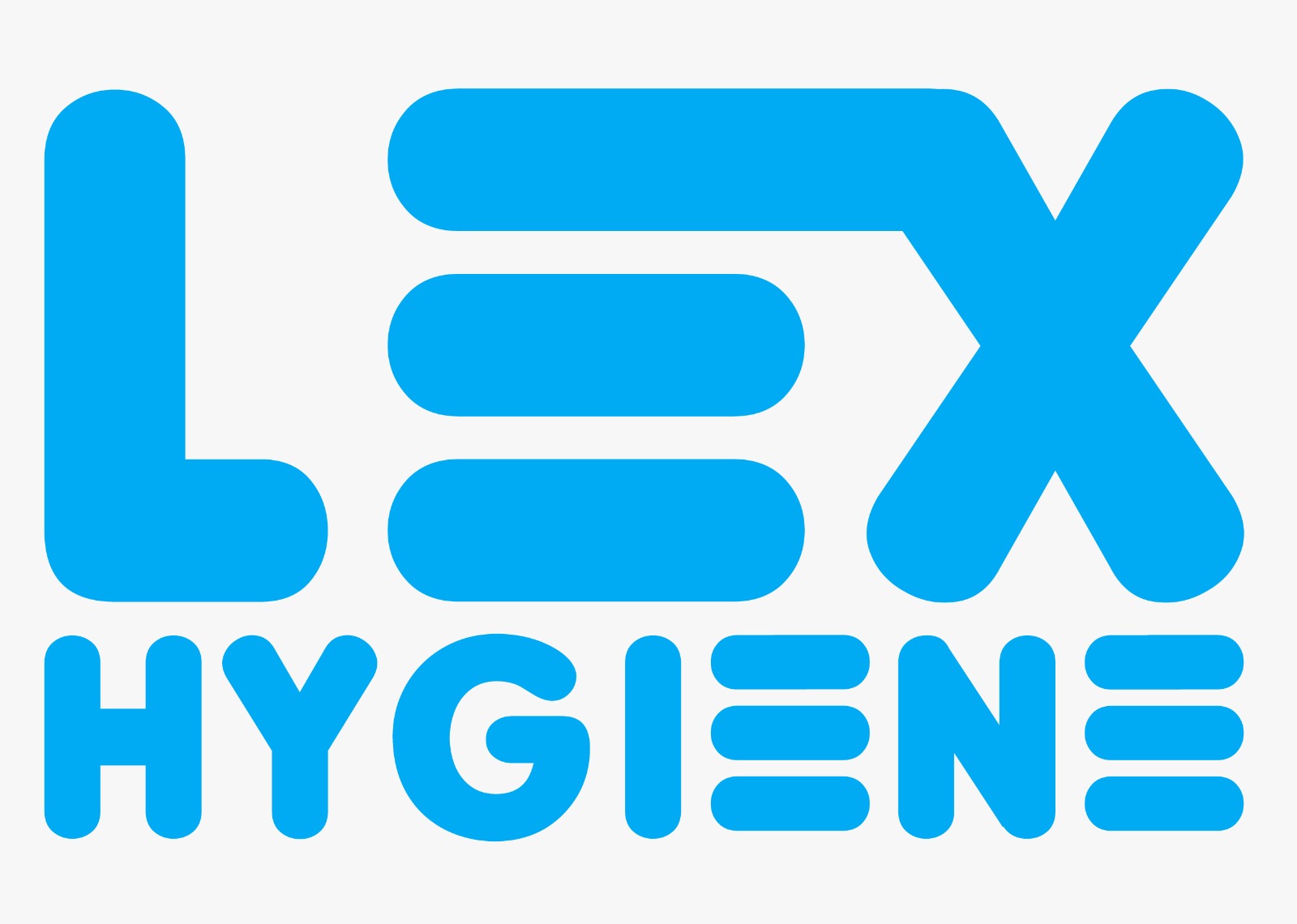Fire Damper Testing
LEX Hygiene takes a proactive approach to Fire Damper Testing
Our team have the capabilities to carry out all required tests on a variety of fire dampers to ensure they will operate correctly in the event of a fire.
As part of our fire damper inspection service, we provide a complete and comprehensive report of all fire dampers on site. These locations are marked on the building ventilation drawings to provide a visual reference that all fire dampers are in place. Each fire damper has a unique system number and details of the fire damper are recorded. The information each engineer will collect includes the damper’s location, size, type, manufacturer details, and confirmation of its correct function. This is also supported by digital imagery, with photos of each fire damper in its open and closed position being taken and included in the report. Fire dampers should be dropped, cleaned, and returned to proper condition. We take photos of access restrictions or possible remediation requirements for certain dampers.
Engineers have all received industry training in fire damper testing and have a solid understanding of the criteria for various damper manufacturers as well as the devices’ proper installation requirements. Some automated dampers may necessitate the presence of a fire alarm or controls company at the same time as the testing to ensure that the centralized control panels are properly operating with the dampers.
The nature of the dampers disrupting the air route causes them to accumulate dust and debris more quickly than the ventilation distribution ducting. Many fire dampers, especially those in extraction systems with no filtration, quickly become significantly polluted. It’s possible that fire damper testing will be necessary more than once in some systems.
What is a Fire Damper?
Fire dampers are passive fire protection products used in heating, ventilation, and air conditioning (HVAC) ducts to prevent the spread of fire inside the ductwork through fire-resistance rated walls and floors.
Therefore, dampers must be installed on firewalls, ceilings, floors or partitions. Fire dampers are usually equipped with fuses. The compound is activated when melted at higher than normal temperatures. This allows the flaps to close to secure the fire barrier within the ductwork. Enclosed dampers help locate fires and prevent them from spreading to other parts of the building.
Fire dampers come in many different designs and styles, but they all do the same thing. They keep people alive in your building and give them more time to leave the building.

- We can clean, inspect and report in accordance with current industry standards
- We carry out fire damper testing, inspection, and maintenance in accordance with BS9999 standards
- Photographs and a full report is issued upon completion
- Fire and smoke dampers are an integral part of the building’s fire protection concept. In addition to regular inspections, they also require annual fire damper testing to ensure all components are working as intended. British Standard BS9999:2017 requires all fire and smoke dampers to undergo a thorough fire damper inspection service at least annually.
- According to industry estimates, around 250,000 new fire dampers are installed in buildings every year in the UK, and these components have been commonly used in installations for over 20 years. This means that it is estimated that there are more than 2.5 million such components across the country that require annual inspections and tests.
- In the event of a fire, the fire damper is designed to be activated by a fuse that opens when the expected ambient temperature in the area is reached. Many of these components are now automatic fire and smoke dampers and are closed in the event of a fire by electronic actuators that trigger an alarm.
Fire damper testing requirements & challenges?
During the annual inspection and maintenance of fire dampers, we face many complex challenges to meet the requirements of fire dampers. The damper must be monitored for proper operation and the interior surfaces of the assembly cleaned. Cleaning is an important activity because it keeps equipment as clean as possible for proper operation and shutdown.
Internal cleaning and inspection is required, and a well-cleaned area around the damper needs to be left for testers to enter. Ideally, a minimum clear area of approximately 600mm x 600mm should be kept directly below the damper, away from all other obstructions and equipment, to allow safe access to components in the technician room. In many places, dampers are blocked by construction fabric, or they are enclosed or placed on other pipes in ceiling voids.
An access door shall be installed on both sides of each fire damper as required. Access to both sides of the fire damper facilitates cleaning, inspection and future maintenance work on the unit. Many first year inspections may require additional access doors, if required, our engineers can provide and install access doors.
While all fire dampers should be inspected when commissioning and handing over a building, ongoing maintenance and inspections often reveal many damper defects. During inspections, we found several issues, including damaged or missing fire dampers on the dampers, inaccessible dampers, improperly installed or supported dampers, and in a surprising number of cases, the dampers were not aligned with the expected fire compartment walls.
Contact us
Unit 10-11,
Whittingtons Court
Wheatley Hall Rd
Doncaster
DN11 0PS
> Grease Duct Cleaning
> Air Duct Cleaning
> Fire Damper Testing
> Cleaning Interval Legislation
> Workplace Regulations
> BS15780
> HVCA TR19
> Legislation
> Corporate
> Fire Safety
> Fire Hazards
> HTM 03-01
Share us on social media



